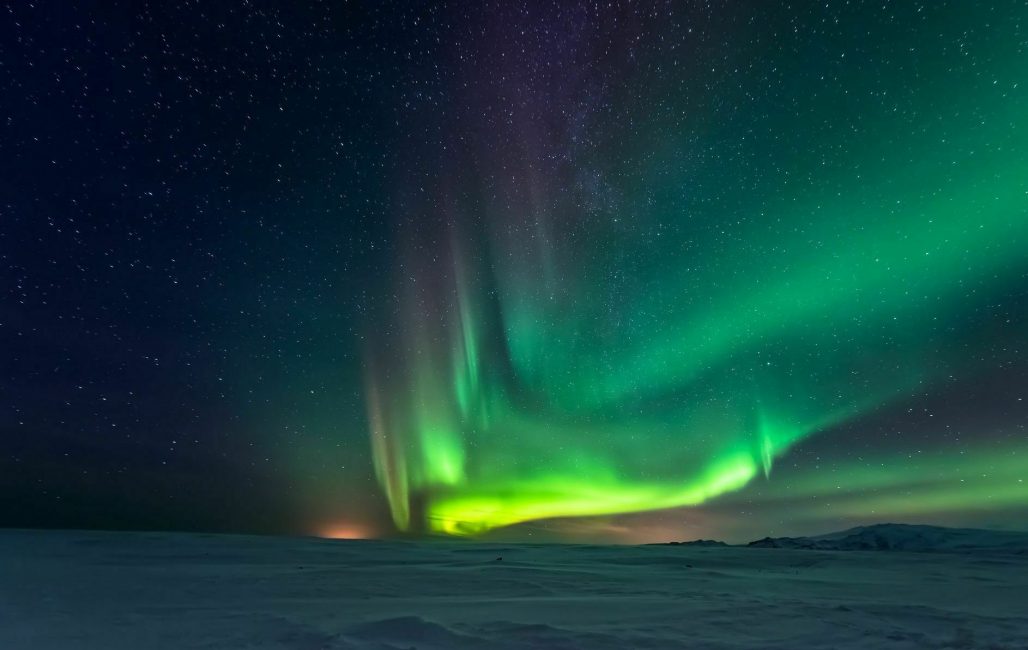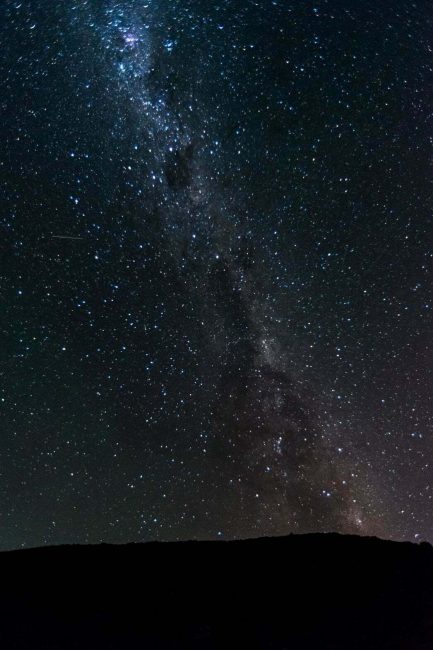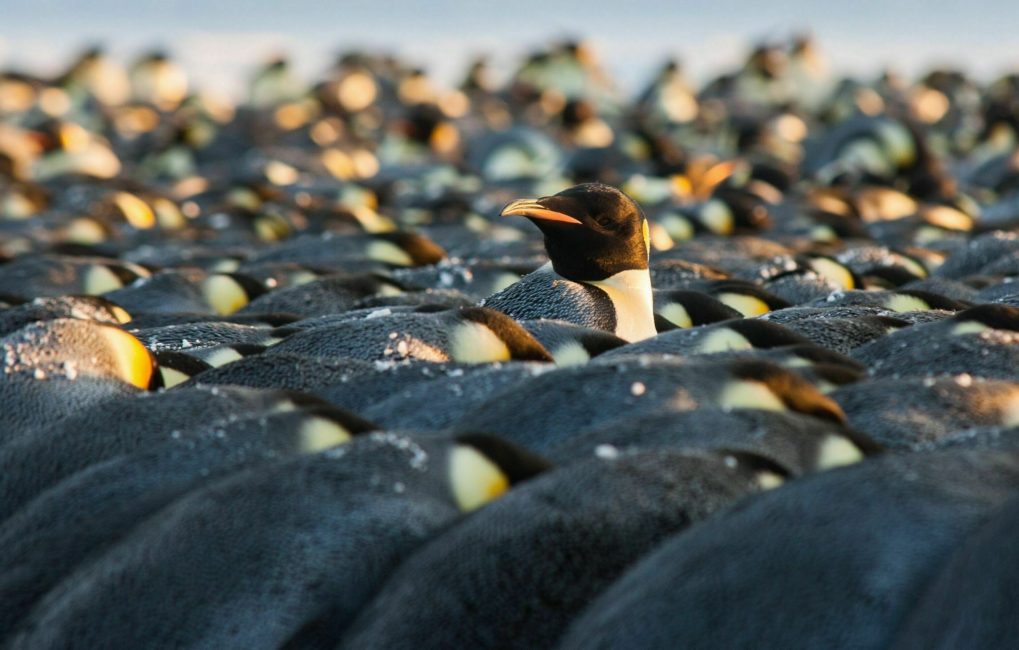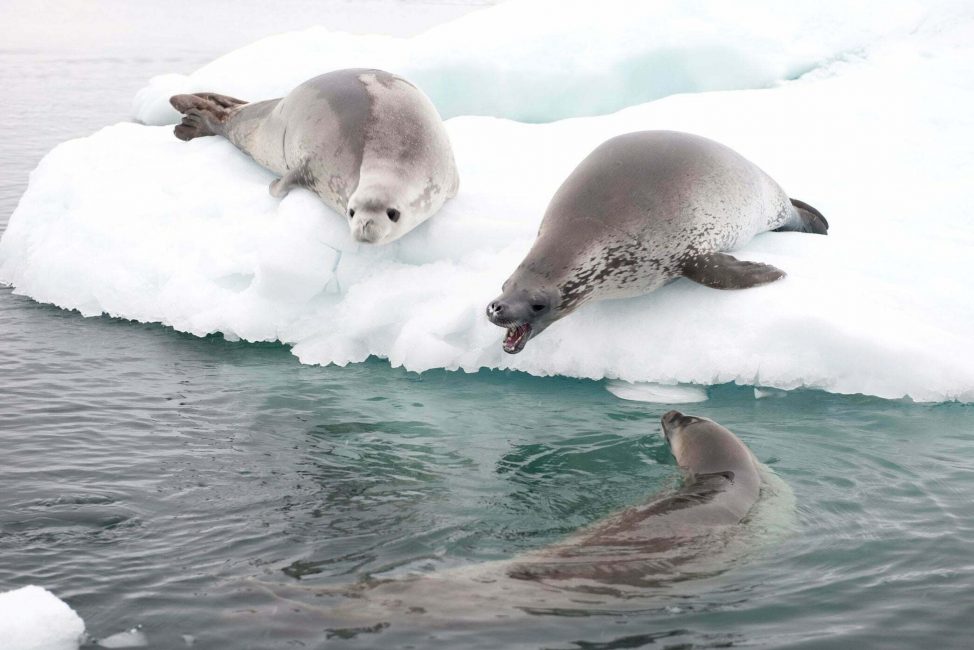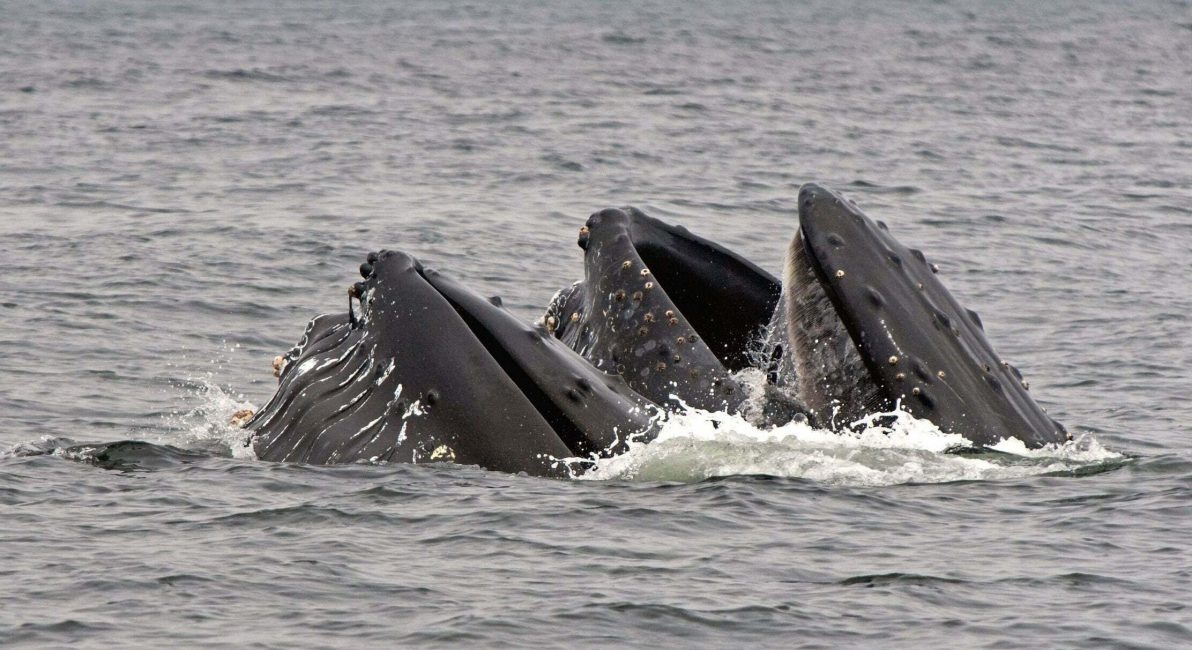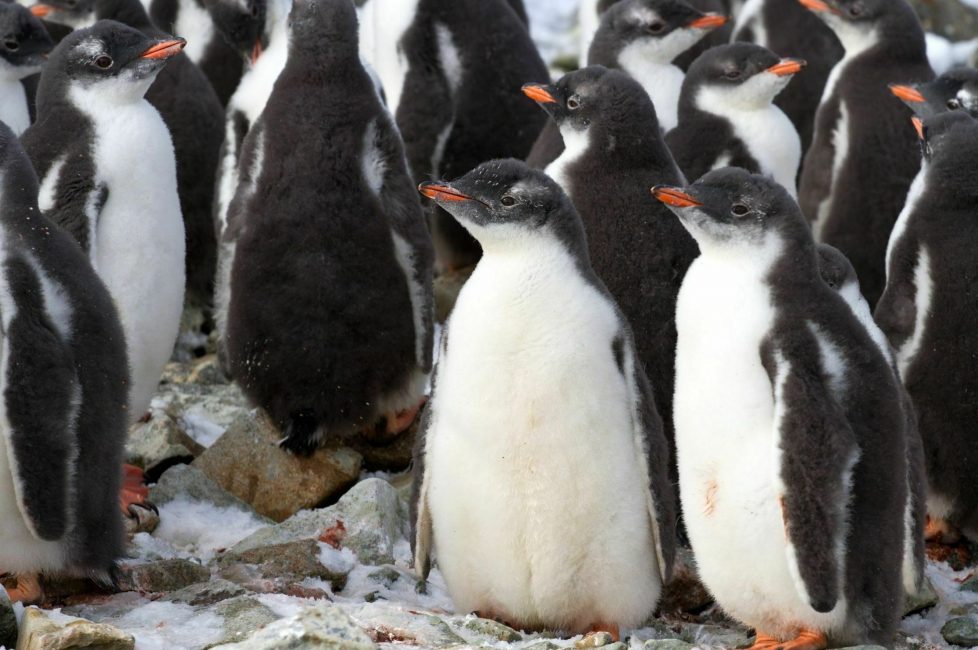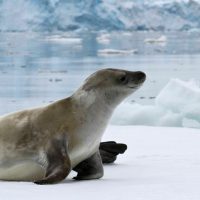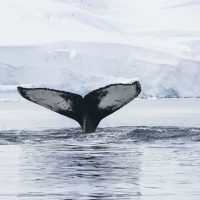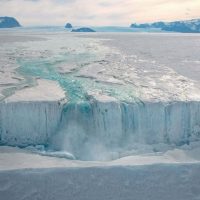Winter in Antarctica
ANTARCTIC EXTREMES
Every winter at the South Pole the sun drops below the horizon and most of the continent falls into six months of darkness. The ocean around Antarctica freezes over, surrounding Antarctica in a vast skirt of sea ice, almost doubling the size of Antarctica.
Beneath the ice, fish and other invertebrates thrive in the extremely cold, salty water. Communities of microscopic plants (phytoplankton) live amongst the ice, waiting for the sun to return. Above the ice, male emperor penguins spend up to four months fasting and incubating a single egg balanced on their feet. They huddle in groups to fend off the cold, and keep their egg warm under a slip of skin called a brood pouch.
Summer in Antarctica
ANTARCTIC EXTREMES
At the end of winter (in mid-September at the South Pole, and around mid-October on the coast) the sun returns and life springs to action. The warmth and light of the sun sparks a cascade of life-giving activity that signals the start of the busy austral summer.
In the Southern Ocean, microscopic sea plants called phytoplankton form the foundation of a vibrant food web. Like plants on land, they use sunlight and carbon dioxide to create energy, and when summer hits the cold, nutrient-rich ocean they grow into blooms so large they can be seen from space.
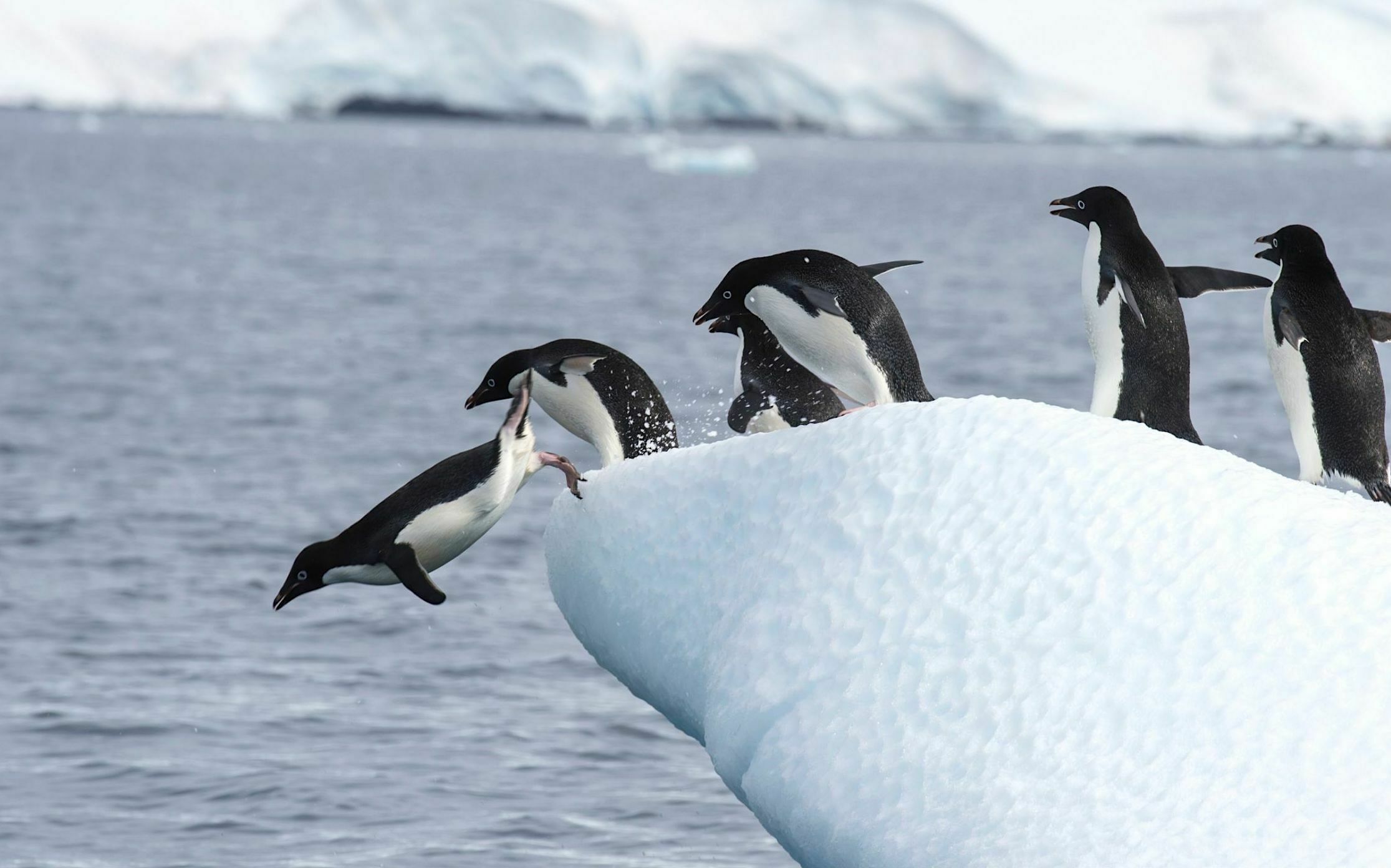
ANTARCTIC EXTREMES
Adaptations
To withstand the extreme seasons and cold, dry climate, Antarctic animals have come up with survival strategies that make them some of the most unique, rare and highly specialized creatures on the planet.

The crocodile icefish (white-blooded fish)
Some icefish, for example crocodile icefish (Chaenocephalus aceratus), have a unique way of absorbing the oxygen they need to survive.

Polar gigantism
Roaming across the floor of the Southern Ocean is a plethora of unusually large invertebrates.
ANTARCTIC ADAPTATIONS
A way of life
Not all Antarctic species have such unusual adaptations. But every animal living in Antarctica has evolved in particular ways that allow them to thrive in this unique polar environment.
Their ability to endure in such extreme environments is expanding our understanding of life, its limitations and its incredible capacity to thrive in even the most forbidding environments.
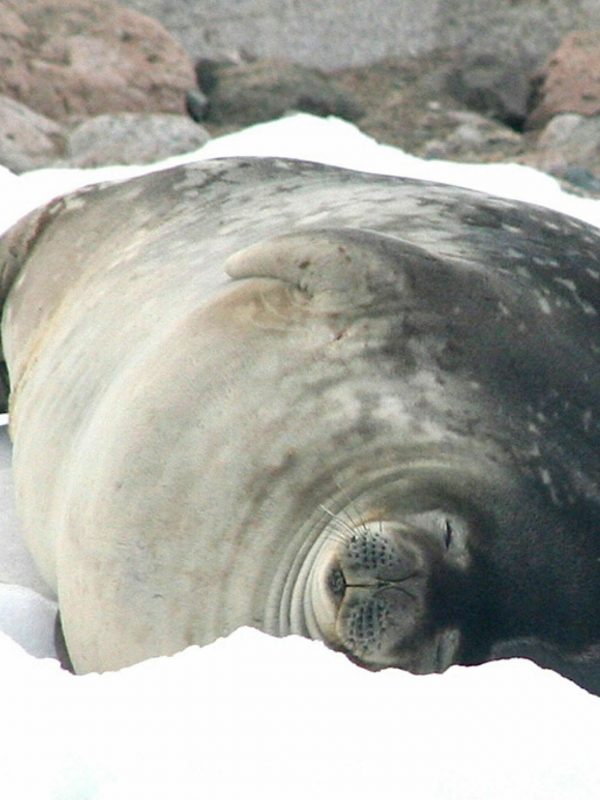
Blubber
Seals, penguins and whales have a thick layer of insulating fatty (adipose) tissue called blubber.
Read more

Blubber
Seals, penguins and whales have a thick layer of insulating fatty (adipose) tissue called blubber.
Blubber is more than just a layer of fat. It contains blood vessels, which help regulate the flow of blood to the skin. In warm conditions the blood vessels expand, bringing blood to the surface. When it gets cold, the vessels contract, moving blood away from the surface and in towards vital organs.

Feathers
Penguins have several different types of feathers to offer warmth and protection.
Read more

Feathers
Penguins have several different types of feathers to offer warmth and protection.
Close to the skin, a layer of soft, downy feathers provide insulation. The feathers we see on the surface are coarse, abrasion-resistant outer feathers, which provide a waterproof protection against the elements. Throughout the year these feathers can become worn and damaged, so each summer penguins refresh their feathers in a process called a catastrophic molt. Over only a few weeks all of their old feathers fall out and are replaced with brand new ones. During this time they must stay ashore in what appears to be a slightly uncomfortable state! They are unable to feed – some even resort to nibbling on snow for a little hydration – but it’s worth the wait to have a brand new coat in time for the long, cold winter at sea.

Fur
While most Antarctic seals rely on blubber for warmth, Antarctic fur seals also have thick fur.
Read more

Fur
While most Antarctic seals rely on blubber for warmth, Antarctic fur seals also have thick fur.
Their fur is made up of two parts: dense, water-resistant and insulating underfur – up to 300,000 hairs per square inch on a fur seal – and coarse, longer guard hairs, which protect the underfur from water and abrasion.
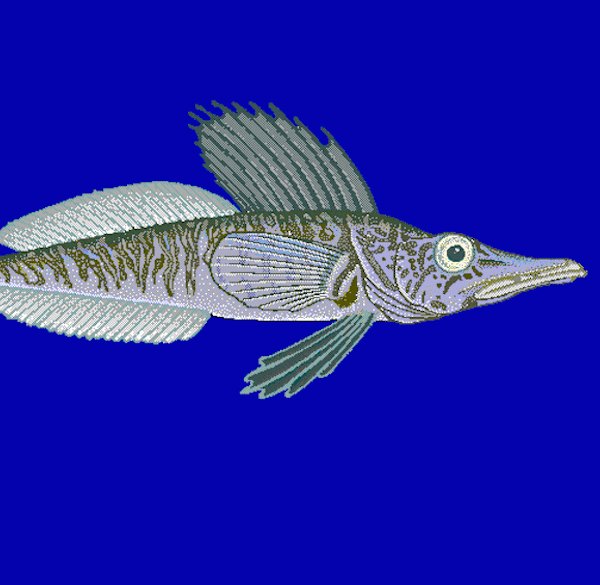
Antifreeze
The blood of Antarctic icefish contains antifreeze proteins, which protect their cells against damage from ice crystals.
Read more

Antifreeze
The blood of Antarctic icefish contains antifreeze proteins, which protect their cells against damage from ice crystals.
Antifreeze proteins bind to ice crystals as they form, slowing their growth and preventing them from linking up with other ice crystals, with sharp edges that can damage the tissue of the fish.
Image credit: Robbie Cada/ Wikimedia Commons

Huddles
Emperor penguins are known for their amazing huddles, which allow them to conserve energy while fasting in sub-zero temperatures.
Read more

Huddles
Emperor penguins are known for their amazing huddles, which allow them to conserve energy while fasting in sub-zero temperatures.
Emperor penguin huddles form for several hours at a time, usually during storms. They are always in motion, with penguins gradually moving from the cold, exposed outer edge towards the center of the huddle, where temperatures can be as warm as 100°F (37.5°C).
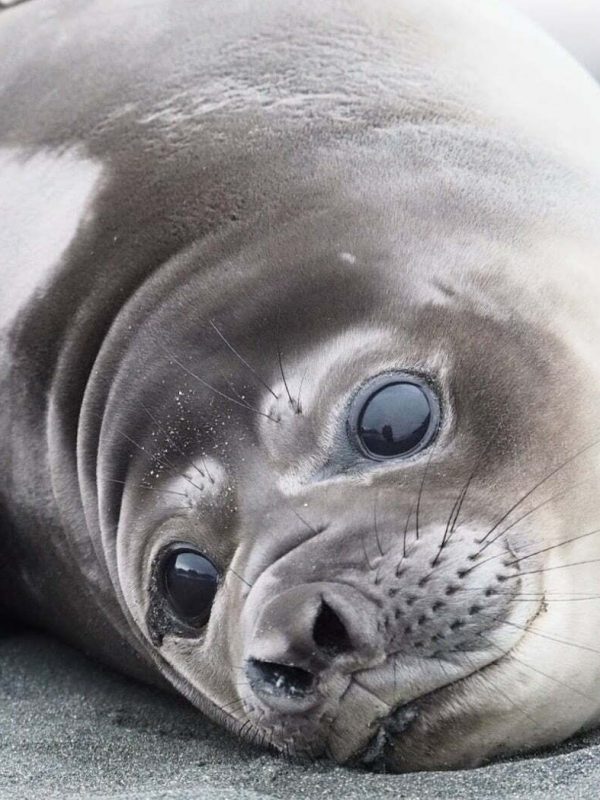
Eyes
Antarctic seal eyes are well-adapted for hunting in dim waters through the polar winter.
Read more

Eyes
Antarctic seal eyes are well-adapted for hunting in dim waters through the polar winter.
They have lots of rod cells, which help them see well in low light, and fewer cone cells, which help with detecting different colors. They also have large pupils, which dilate (get bigger) in the dark to let more light in. Some Ross seal eyes are 2.75 in (7cm) in diameter!
Seals also have whiskers (vibrissae), which function as antennae, helping them home in on their prey. These highly sensitive hairs allow them to detect the movement of tiny prey in the water at a greater distance than they can see or hear.
Image credit: Nina Gallo
KEEP LEARNING
Related reading
Scientific consultation: Heather Lynch, Professor of Ecology and Evolution, School of Marine and Atmospheric Sciences, Stony Brook University.
Now that you’ve learned about the wild and wonderful adaptations of Antarctic animals, read on to learn more about extraordinary Antarctica.
 ASOC
ASOC
